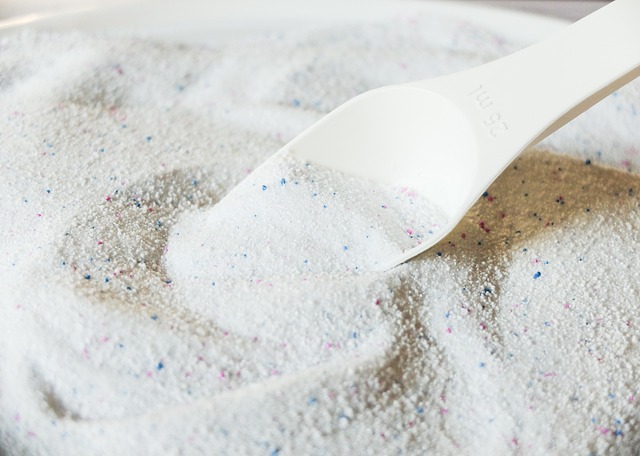How Laundry Detergent Cleans Clothing: Types and Use
Laundry detergent is the formulated cleaning product used to remove soils, oils, odors, and stains from clothing and other textiles. Modern detergents combine surfactants, enzymes, builders, and solvents to lift and suspend dirt so it rinses away. Understanding how formulations differ, how they interact with water type and fabrics, and when additives like bleach are appropriate helps you get cleaner results while protecting garments and the washing machine.

Laundry: common detergent ingredients
Most detergents rely on a few core ingredient groups. Surfactants reduce water’s surface tension and emulsify oils, allowing them to be rinsed away. Builders (phosphates or alternatives) soften water and help surfactants work better. Enzymes target proteins, starches, and fats in stains. Optical brighteners, fragrances, and dyes are optional additives. Different formats — liquid, powder, and single-dose pods — change concentration and stabilizers. Read labels for enzyme types and concentration, especially if you have sensitive skin or specific fabric care needs.
Clothing: choosing detergent by fabric type
Fabric type affects detergent choice and wash conditions. Delicate materials like wool, silk, and some synthetics often require low-alkaline, enzyme-free detergents and cooler temperatures to avoid shrinkage or fiber damage. Heavy-duty fabrics (cotton, denim) tolerate stronger formulations and higher temperatures that activate enzymes and improve cleaning. For activewear, look for detergents designed to remove sweat and odor without leaving residues that reduce moisture-wicking. Always check garment care labels and test a small inconspicuous area if unsure.
Cleaning: how temperature and water quality matter
Water temperature and hardness affect cleaning performance. Higher temperatures generally improve removal of oils and activate many enzyme types, but heat can set certain stains and damage delicate fibers. Hard water contains calcium and magnesium that reduce surfactant effectiveness; builders or water-softening additions counteract this. HE (high-efficiency) washers use less water, so they require low-sudsing, concentrated detergents formulated for those cycles. Adjust detergent dose based on load size, soil level, and water hardness for optimal cleaning and minimal residue.
Detergent: formats, dosing, and environmental notes
Detergents come as powders, liquids, and premeasured pods or sheets. Powders can be effective on inorganic soils and are often more stable; liquids excel on greasy stains. Pods are convenient but require careful storage away from children and pets. Proper dosing avoids excess suds, residue, and environmental runoff; using too much doesn’t improve cleaning and can trap soils back onto clothing. Many brands now offer concentrated or eco-focused formulas with biodegradable surfactants and reduced packaging — check ingredient lists if you prefer lower-impact options.
Bleach: uses, types, and safety considerations
Bleach products include chlorine bleach (sodium hypochlorite) and oxygen bleach (hydrogen peroxide-based). Chlorine bleach is a strong disinfectant and whitening agent but can weaken fibers, fade colors, and react dangerously with some chemicals; it’s generally reserved for whites and heavily soiled items with compatible care labels. Oxygen bleach is milder and safer on many colored fabrics for stain lifting and brightening. Always follow label directions, dilute as instructed, avoid mixing bleach types or combining bleach with ammonia-containing cleaners, and ventilate the area when using stronger chemical bleaches.
Conclusion
Choosing and using laundry detergent effectively depends on matching formulation and format to fabric type, soil level, water conditions, and washing machine design. Understanding surfactants, enzymes, builders, and the role of temperature helps you tailor laundry routines for cleaner clothing and longer garment life. Bleach can be a useful adjunct for whitening or disinfection but should be used with attention to type, dilution, and fabric compatibility. Regularly checking care labels and adjusting detergent dose for load size and water hardness reduces residue, conserves resources, and protects textiles over time.






